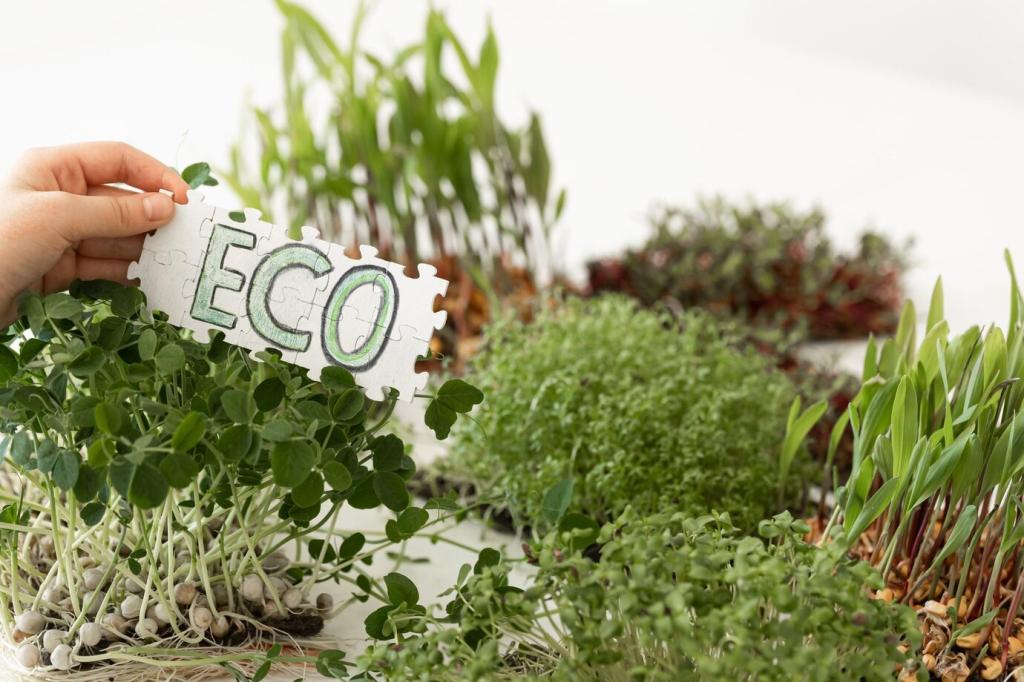Daylight, Lighting, and Controls
Blend ambient, task, and accent layers so each luminaire does a specific job at low power. High-CRI LEDs render colors beautifully, while dimmers and separate circuits let you tune scenes for focus, relaxation, or collaborative, creative work.
Daylight, Lighting, and Controls
Clerestories, light shelves, and reflective surfaces push daylight deep indoors, then sensors trim electric light. Control glare with adjustable shades and matte finishes so spaces feel bright, not blinding, and your eyes and brain stay happy.









